Accidents
12.1 - Be able to identify the operation of each of the following in our Solar System:- d. accidental collisions causing impact craters, changes to orbital motions or planetary orientations
12.1 - Be able to identify the operation of each of the following in our Solar System: - b. tidal gravitational forces producing effects, including ring systems, asteroid belts and internal heating
Accidents do happen! In astronomy there is a lot of evidence for this. These can be collisions but also disturbances of orbits or motion of other bodies.
Craters are in abundance throughout the solar system. One object will hit another and leave a mark. When the early solar system was forming collisions were frequent due to the large number of objects moving at fast pace in a period known as the heavy bombardment period. These are still in evidence and some are more dramatic than others. Let’s look at some.
- Earth’s axis is titled at 23.5°, likely as a result of a Mars-sized object that hit in during its formation that later formed the Moon. Venus has a retrograde motion so that it spins backwards, probably due to an event. Uranus orbits at over 80° facing the Sun.
- The Moon has a significant impact crater on its south pole called the Aitken basin.
- Phobos, moon of Mars is orbiting closer to the planet and millions of years the future will either break up and impact the planet or become a ring of material around it.
- Jupiter in 1994 was impacted by Comet Shoemaker-Levy. It is thought such impacts happen frequently. Scientists have calculated the Comet Hale-Bopp had an orbit of over 4,000 years. A close encounter with Jupiter changed its orbit and increased its speed so now has an orbit of 2,500 years.
- Mimas, moon of Saturn, has one of the most dramatic craters taking up a large part of its body.
- Neptune’s largest Moon Triton is thought to have become captured by the planet.
Links
- Solar Views Comet Shoemaker-Levy
- NASA Science Phobos
- NASA SpacePlace Why does the Moon have craters?
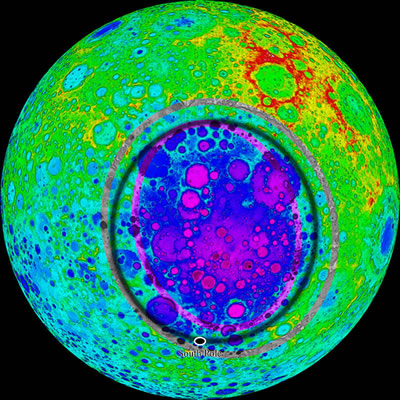
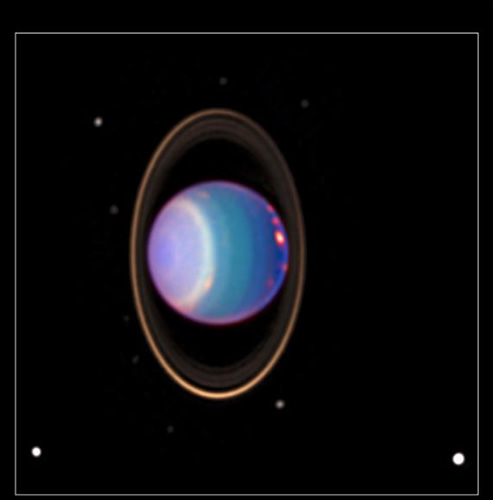
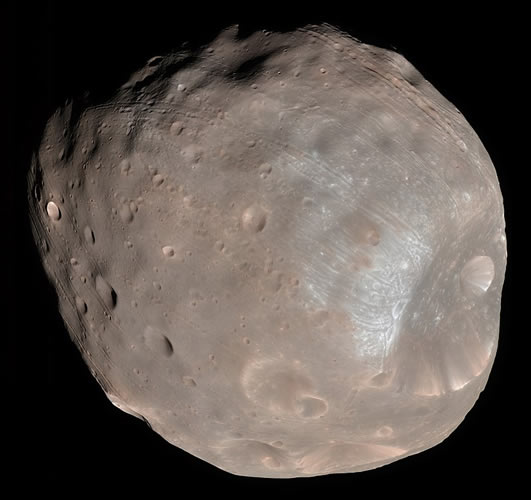
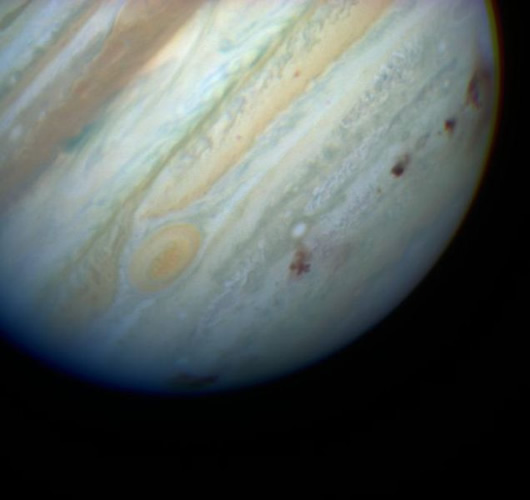
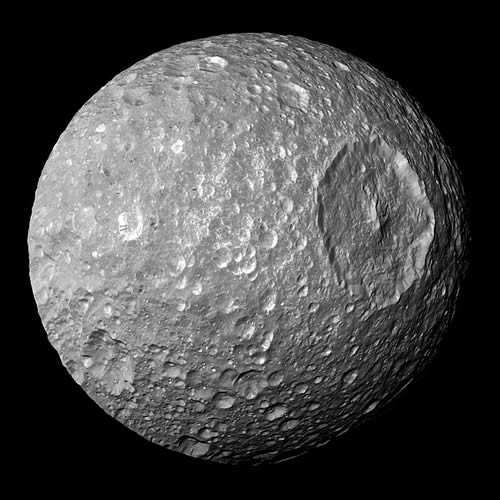
 | © All Rights Reserved |
| © All Rights Reserved |